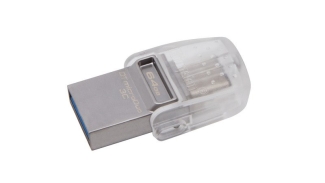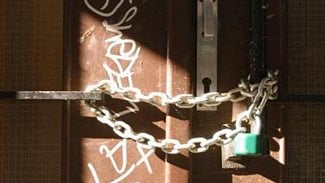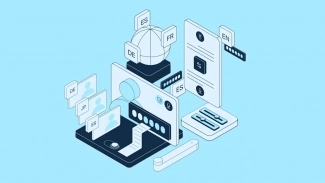debconf-apt-progress
NAME
debconf-apt-progress - install packages using debconf to display a progress bar
SYNOPSIS
debconf-apt-progress [--] command [args ...]
debconf-apt-progress --config
debconf-apt-progress --start
debconf-apt-progress --from waypoint --to waypoint [--] command [args ...]
debconf-apt-progress --stop
DESCRIPTION
debconf-apt-progress installs packages using debconf to display a
progress bar. The given command should be any command-line apt frontend;
specifically, it must send progress information to the file descriptor
selected by the CWAPT::Status-Fd configuration option, and must keep the
file descriptors nominated by the CWAPT::Keep-Fds configuration option open
when invoking debconf (directly or indirectly), as those file descriptors
will be used for the debconf passthrough protocol.
The arguments to the command you supply should generally include -y (for
apt-get or aptitude) or similar to avoid the apt frontend prompting
for input. debconf-apt-progress cannot do this itself because the
appropriate argument may differ between apt frontends.
The --start, --stop, --from, and --to options may be used to
create a progress bar with multiple segments for different stages of
installation, provided that the caller is a debconf confmodule. The caller
may also interact with the progress bar itself using the debconf protocol if
it so desires.
debconf locks its config database when it starts up, which makes it
unfortunately inconvenient to have one instance of debconf displaying the
progress bar and another passing through questions from packages being
installed. If you're using a multiple-segment progress bar, you'll need to
eval the output of the --config option before starting the debconf
frontend to work around this. See “\s-1EXAMPLES\s0” in the \s-1EXAMPLES\s0 section below.
OPTIONS
"--config"
Print environment variables necessary to start up a progress bar frontend.
"--start"
Start up a progress bar, running from 0 to 100 by default. Use --from and
--to to use other endpoints.
"--from
If used with --start, make the progress bar begin at waypoint rather
than 0.
Otherwise, install packages with their progress bar beginning at this
“waypoint”. Must be used with --to.
"--to
If used with --start, make the progress bar end at waypoint rather
than 100.
Otherwise, install packages with their progress bar ending at this
“waypoint”. Must be used with --from.
"--stop"
Stop a running progress bar.
"--logfile
Send the normal output from apt to the given file.
"--logstderr"
Send the normal output from apt to stderr. If you supply neither
--logfile nor --logstderr, the normal output from apt will be
discarded.
"--"
Terminate options. Since you will normally need to give at least the -y
argument to the command being run, you will usually need to use -- to
prevent that being interpreted as an option to debconf-apt-progress
itself.
EXAMPLES
Install the \s-1GNOME\s0 desktop and an X window system development environment
within a progress bar:
debconf-apt-progress -- aptitude -y install gnome x-window-system-dev
Install the \s-1GNOME\s0, \s-1KDE\s0, and \s-1XFCE\s0 desktops within a single progress bar,
allocating 45% of the progress bar for each of \s-1GNOME\s0 and \s-1KDE\s0 and the
remaining 10% for \s-1XFCE:\s0
#! /bin/sh
set -e
case $1 in
'')
eval "$(debconf-apt-progress --config)"
"$0" debconf
;;
debconf)
. /usr/share/debconf/confmodule
debconf-apt-progress --start
debconf-apt-progress --from 0 --to 45 -- apt-get -y install gnome
debconf-apt-progress --from 45 --to 90 -- apt-get -y install kde
debconf-apt-progress --from 90 --to 100 -- apt-get -y install xfce4
debconf-apt-progress --stop
;;
esac
AUTHORS
Colin Watson <cjwatson@debian.org>
Joey Hess <joeyh@debian.org>





















